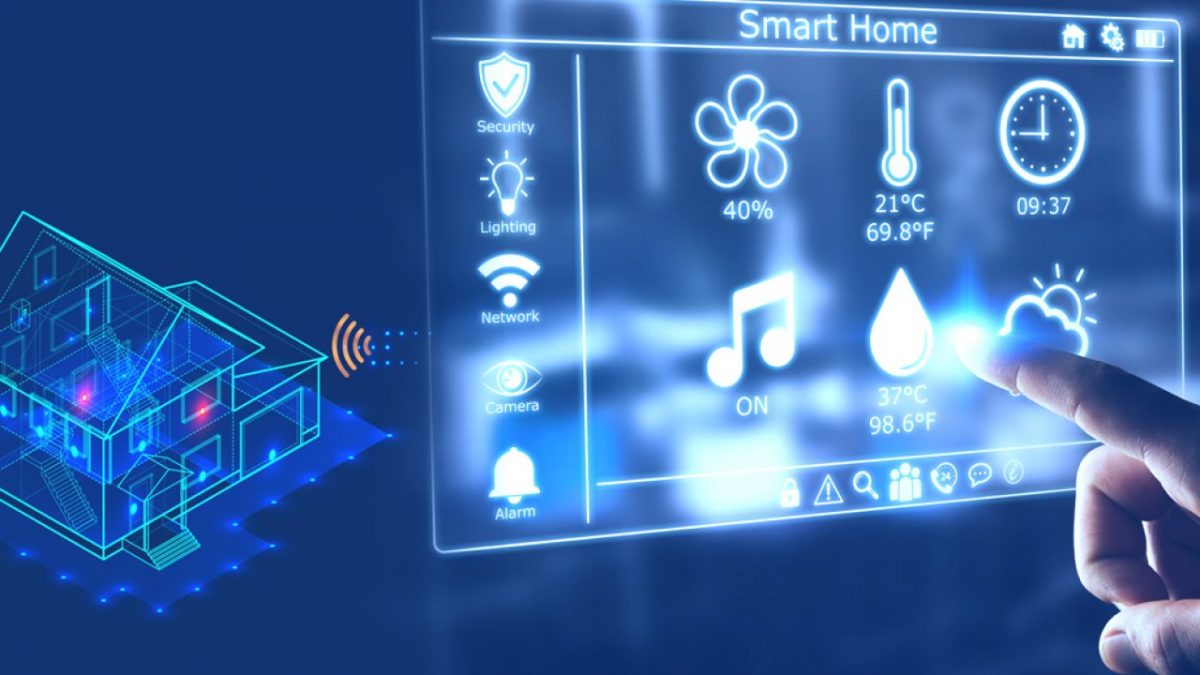In today's fast-paced world, where technology has seamlessly integrated into our daily lives, homeowners and businesses are constantly searching for ways to cut down on expenses. One effective solution that has emerged is the adoption of smart home technology. By embracing this innovation, you can significantly reduce your monthly bills and enhance the overall efficiency of your home. In this article, we'll delve into how to reduce bills with smart homes and explore the myriad of benefits they offer.
Smart homes are equipped with cutting-edge devices and systems that communicate with each other to optimize your home's functionality. From energy-saving appliances to intelligent thermostats, these technologies are designed to provide convenience and cost savings. By integrating these systems, you can take control of your energy consumption and make a substantial impact on your monthly bills.

Understanding Smart Home Technology
Before diving into the specifics of how to reduce bills with smart homes, it's essential to understand the core components of this technology. A smart home typically includes devices like smart thermostats, lighting systems, appliances, and security systems. These devices are interconnected through a central hub or a smartphone app, allowing you to control them remotely.
One of the primary advantages of smart homes is their ability to optimize energy usage. By using sensors and automation, these devices can adjust settings based on occupancy and environmental conditions. For instance, a smart thermostat can learn your preferences and automatically adjust the temperature when you're away, reducing unnecessary energy consumption.
Energy-Efficient Lighting Solutions
Lighting is a significant contributor to electricity bills, but with smart lighting solutions, you can make a noticeable difference. Smart bulbs and switches can be programmed to turn off when not in use, ensuring that lights are only on when needed. Moreover, these devices can be controlled remotely, allowing you to turn off lights even when you're not at home.
By replacing traditional incandescent bulbs with LED smart bulbs, you can reduce energy consumption by up to 75%. These bulbs have a longer lifespan, which means fewer replacements and lower maintenance costs. Additionally, many smart lighting systems offer customizable settings, such as dimming and color changes, enhancing both energy efficiency and ambiance.
Smart Thermostats: The Heart of Energy Savings
Smart thermostats are one of the most impactful devices when it comes to reducing energy bills in a smart home. These intelligent devices learn your routines and adjust the temperature accordingly. For instance, they can lower the heating or cooling when you're asleep or at work, and increase it just before you return home.
According to studies, smart thermostats can save homeowners up to 15% on heating and cooling costs. They provide real-time energy usage data, enabling you to make informed decisions about your energy consumption. Many smart thermostats are compatible with voice assistants, making it even more convenient to adjust settings.
Optimizing Appliance Usage
Modern smart appliances come with energy-efficient features that can further reduce your bills. From refrigerators to washing machines, these devices are designed to consume less energy while maintaining optimal performance. Smart appliances can be scheduled to operate during off-peak hours when electricity rates are lower, resulting in additional savings.
Furthermore, some smart appliances provide insights into your usage patterns, helping you identify areas where you can cut back. For instance, a smart refrigerator might alert you if the door is left open, preventing unnecessary energy loss. By leveraging these features, you can optimize appliance usage and maximize savings.
Enhancing Home Security
In addition to energy savings, smart home security systems offer peace of mind and protection. These systems allow you to monitor your home remotely through cameras, sensors, and alarms. By integrating security systems with other smart devices, you can automate actions such as turning on lights when motion is detected.
Smart door locks, for instance, can be controlled via smartphone apps, eliminating the need for physical keys. This not only enhances security but also provides convenience for homeowners and businesses. To learn more about how to set up smart locks, check out this guide.
The Green Benefits of Smart Homes
Smart homes not only reduce bills but also contribute to environmental sustainability. By minimizing energy consumption, you lower your carbon footprint and contribute to a greener planet. Home automation systems can be tailored to prioritize energy-saving measures, ensuring that your home operates efficiently.
For more insights into the green benefits of home automation, explore this resource. By adopting smart home technologies, you're not only saving money but also making a positive impact on the environment.
Conclusion
In conclusion, smart homes offer a plethora of opportunities to reduce bills and enhance the overall efficiency of your home. From energy-efficient lighting and smart thermostats to optimized appliance usage, these technologies empower homeowners and businesses to take control of their energy consumption. By embracing smart home technology, you can enjoy the convenience, security, and cost savings that come with it.
For a comprehensive guide to smart home installation, check out this resource. As you embark on your journey towards a smarter home, remember that the benefits extend beyond cost savings, contributing to a more sustainable and eco-friendly future.

FAQ
How much can I save with a smart thermostat?
Smart thermostats can save you up to 15% on heating and cooling costs by optimizing temperature settings and learning your preferences.
Are smart appliances worth the investment?
Yes, smart appliances are designed for energy efficiency, and they can help you save on electricity bills over time while providing added convenience.
Do smart homes require professional installation?
While some smart home devices may require professional installation, many can be set up by homeowners with the help of user-friendly apps and guides.

